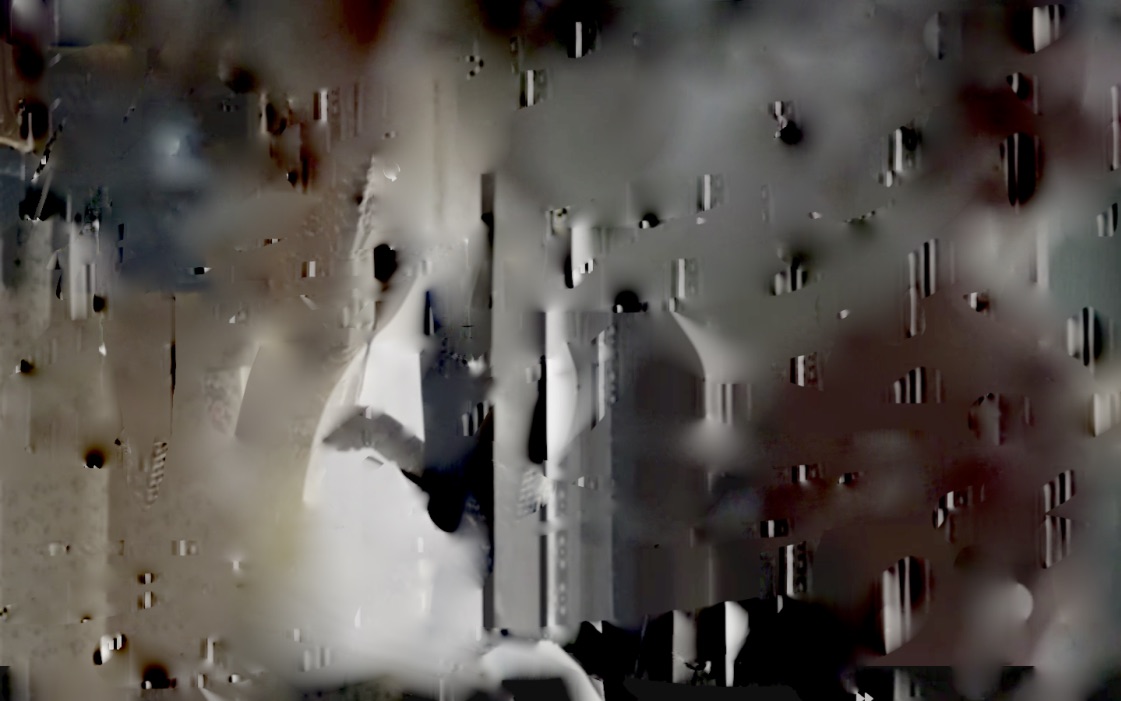I’m returning to Kittler more and more, and in fact trying to write about him… I hit on a treasure trove of material that I’ll say more about in future. But for the moment I wanted to post a few thoughts about identity and difference, and how identity and difference connect with the digital and the analog. The prevailing position today is that the analog real is defined via difference while the digital symbol is defined via identity. There’s something to that. But the more I explore the theory of the analog and the digital, the more convinced I am that identity and difference exist somehow before or beyond the digital and the analog. We can talk about analog identity and analog difference, but we can also talk about digital identity and digital difference. Let’s walk through a bit of this with reference to Kittler and Lacan.
The principle of identity (A = A) is often associated with digital rationality. Yet I’m tempted to withhold the principle of identity from the core definition of digitality, since it is not particular to digitality per se, but rather prefigures the digital and exceeds it. Identity is necessary at the outset of the digital, in for instance the ratification of the monad (as identical with itself), yet the true identity of the digital lies elsewhere, in a relation between two terms (namely in the ratio or logos). At the same time, digital equality is always expressed as a relation of difference. So we have digitality operating through identity but also through difference. Lacan explained this seemingly paradoxical mixture in his Seminar 17:
“mathematics is constructible only on the basis of the fact that the signifier is capable of signifying itself. The A that you have written down on one occasion can be signified by its repetition as A. Now, this position is strictly untenable, it constitutes a violation of the rules with respect to the function of the signifier, which can signify anything except, surely, itself. It is this initial postulate that one must throw off in order for the discourse of mathematics to get started.” (90)
The signifier, according to Lacan, “can signify anything except…itself.” Not simply a violation of the principle of identity, Lacan recast this violation as an affirmative rule: the signifier is none other that the condition in which the principle of identity does not hold!
Friedrich Kittler picked up the Lacanian thread later when he wrote of a new “coincidence” in a modern medium that “ceases not to write itself” (Gramophone, Film, Typewriter, 3). The allusion was likely to Lacan’s Seminar 20 where he discussed what “doesn’t stop not being written” (94). The double negatives are a bit obfuscating, but the gist for Kittler seemed to be that the analog media of 1900 were the ones that broke with older textual and symbolic techniques (which do not write themselves) in favor of devices like the phonograph or cinematograph that could inscribe the temporal real directly (which is to say that they do write themselves).
As previously cited, Lacan observed in Seminar 17 that the signifier “can signify anything except…itself,” suggesting that symbolic signifiers do not write themselves. This breaks the common-sense notion that the analog real is defined via difference while the digital symbol is defined via identity. In fact, following Lacan and Kittler it might rather be the reverse: the digital symbol requires difference, and the analog real requires identity, or at least a “coincidence.” Or, better, that both identity and difference are not essentially analog or digital technologies at all, but somehow prefigure and imbue them both.
As Kittler put it, the new film technologies circa 1900 were a kind of digital-analog paradox: “Chopping or cutting in the real, fusion or flow in the imaginary–the entire research history of cinema revolves only around this paradox” (Gramophone, Film, Typewriter,122).
In my seminar last term I expressed this same idea using the terminology of Digital I and Digital II. Under Digital I, the real is still writing itself. Then under Digital II the symbolic order begins to write difference.
To speculate, we might say that the digital narrative is that of “identity first, difference following.” While the analog narrative seems to be “difference first, which subsequently generate identities.”
taken from here

